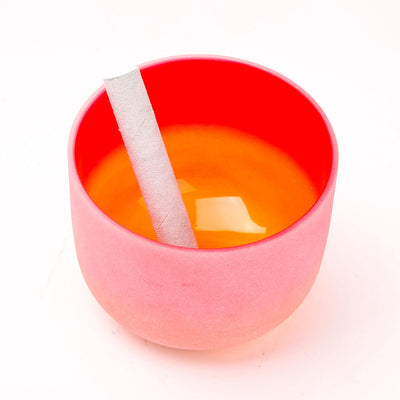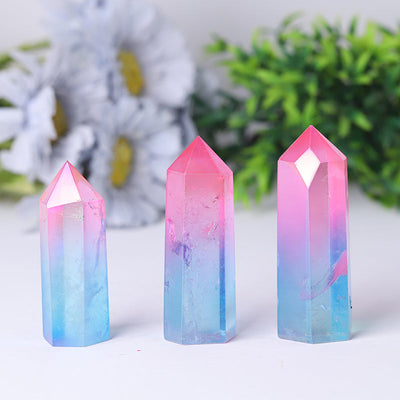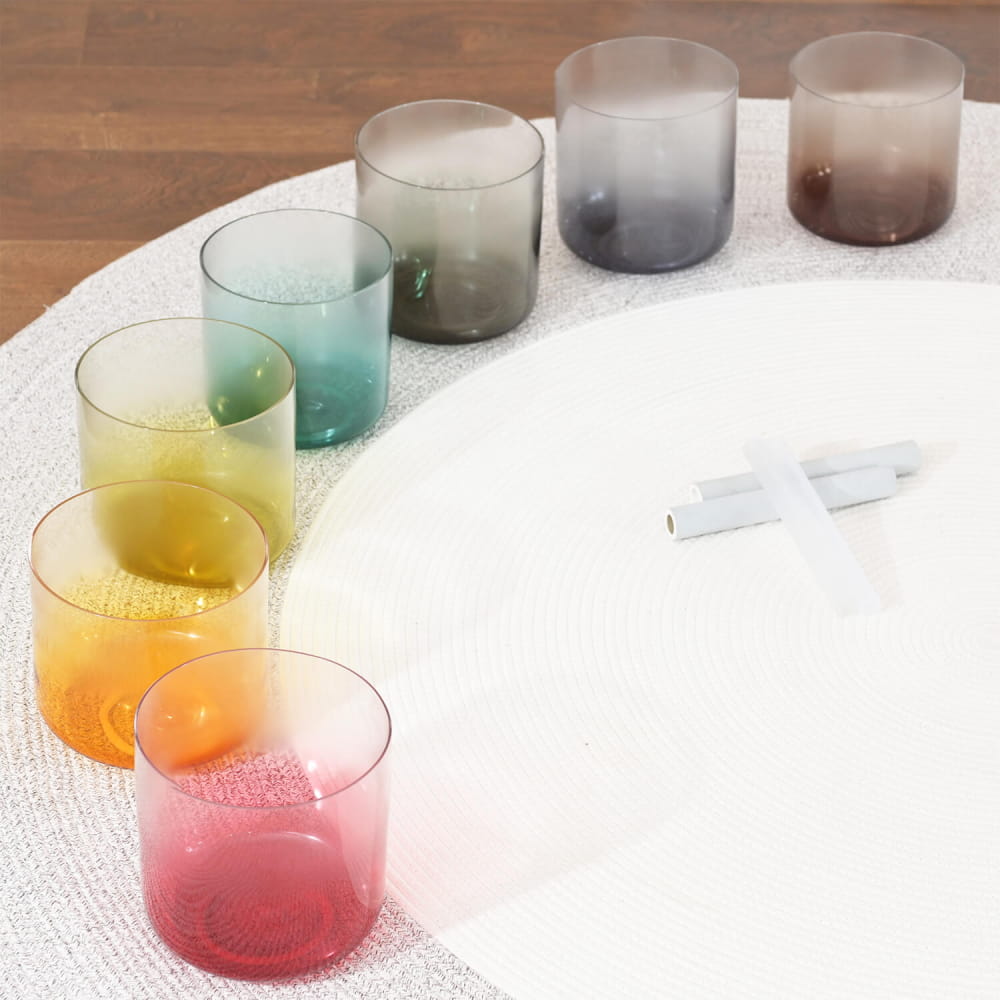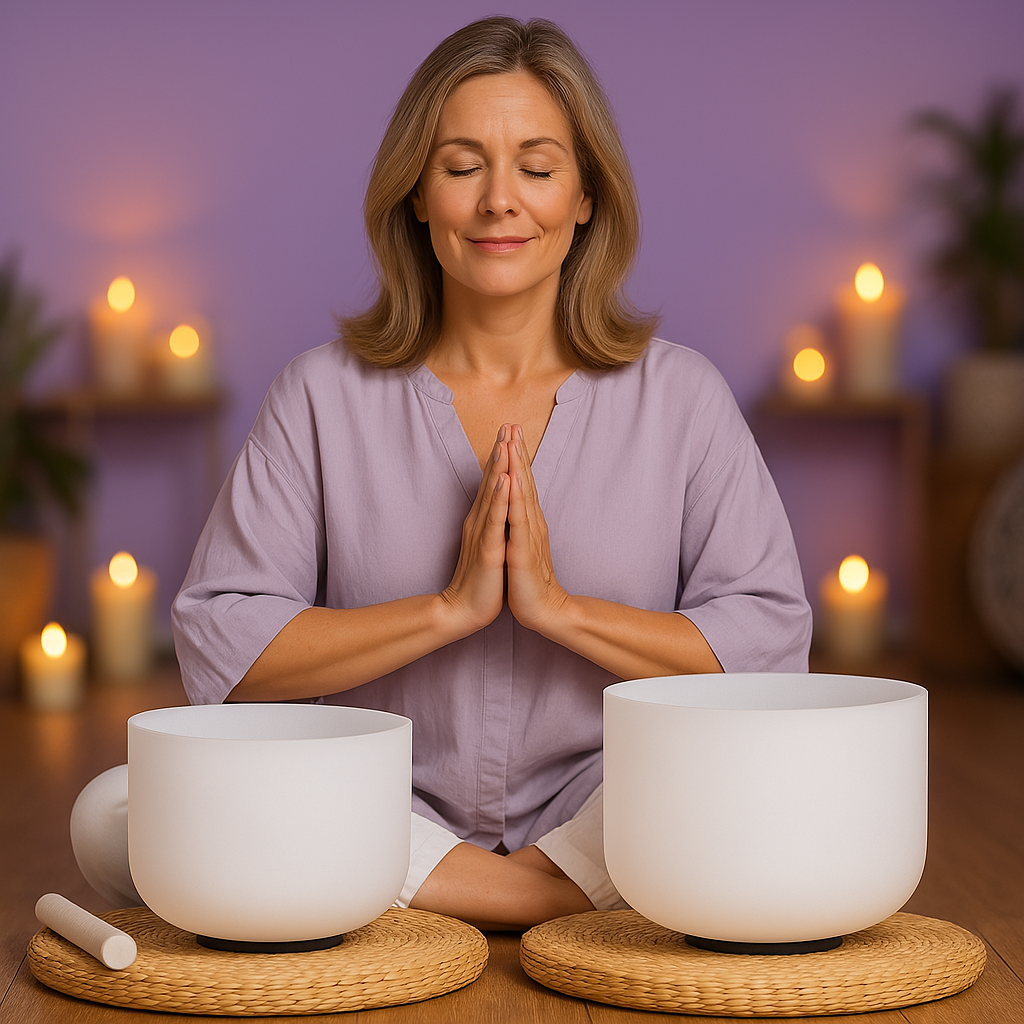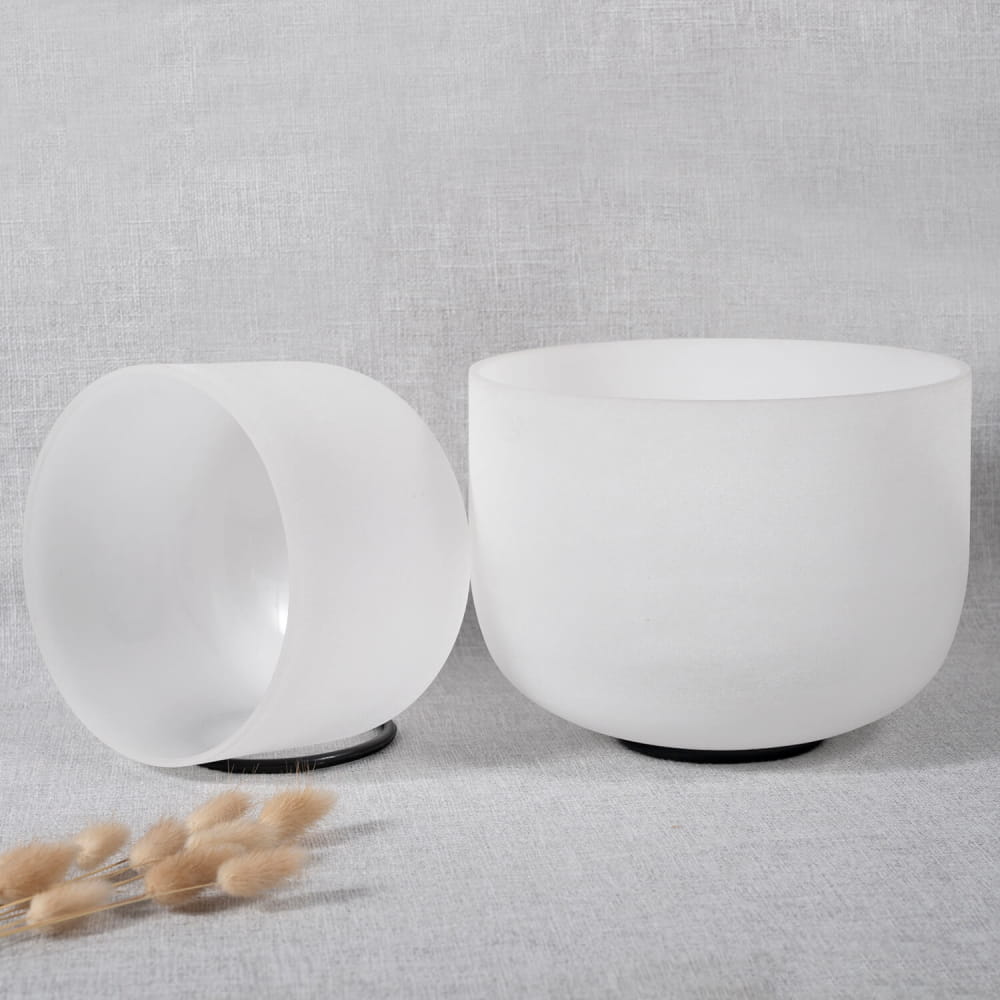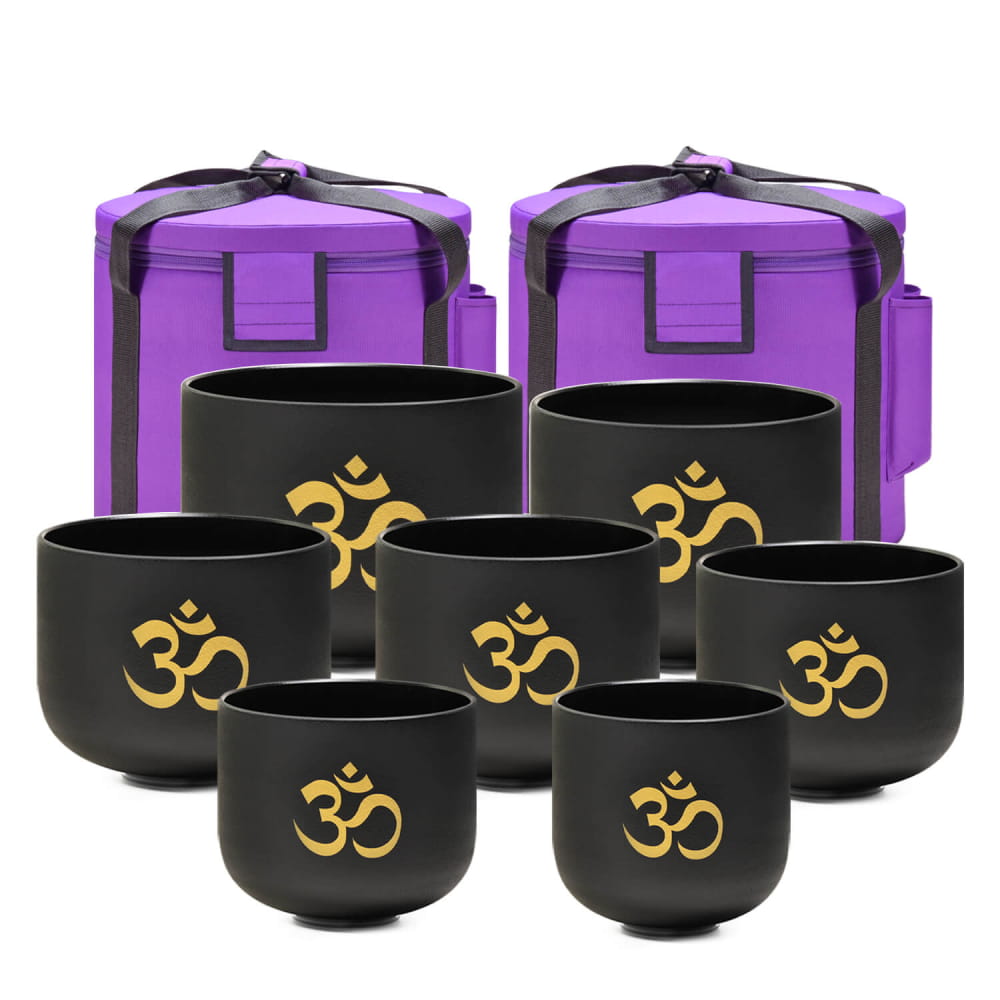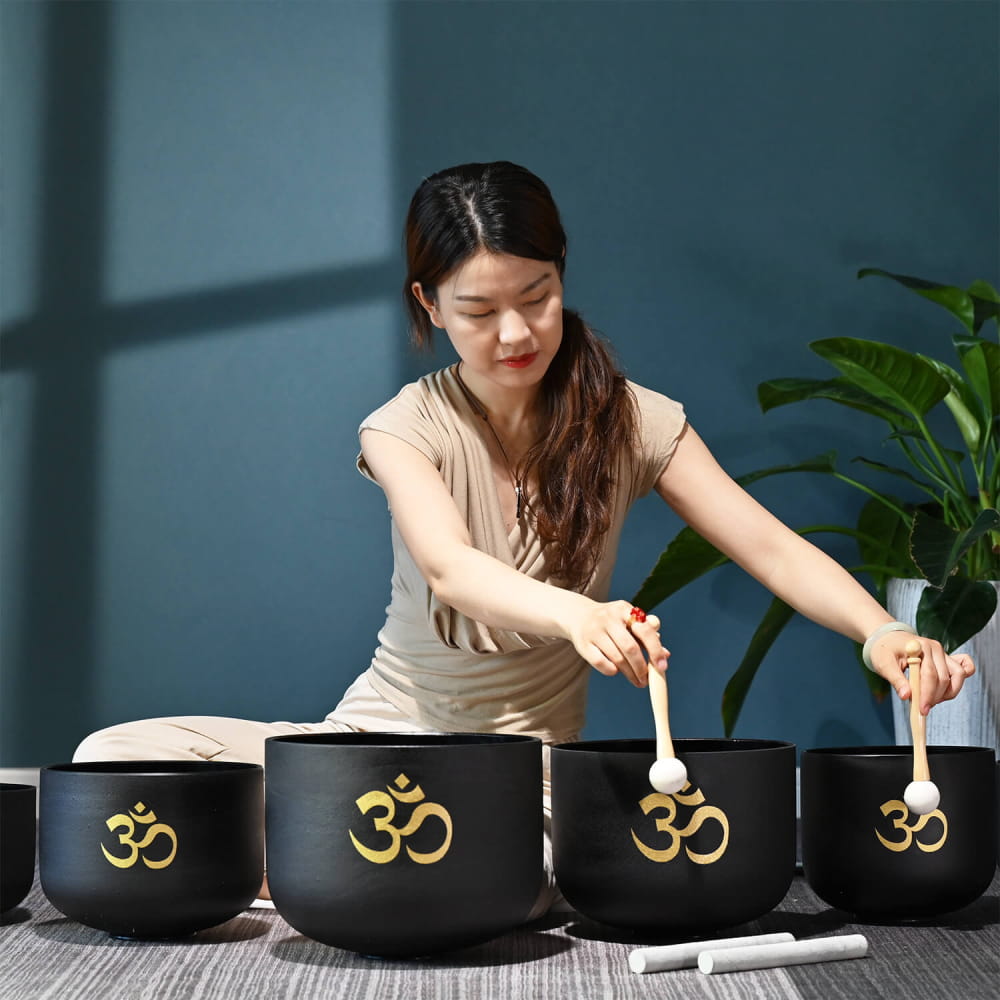Have you ever wondered if there's more to people than meets the eye? You might have heard stories of a colorful energy field surrounding living things, a vibrant halo of light known as an aura. Learning how to see an aura isn't a mystical gift reserved for a select few; it's a skill that anyone with patience and an open mind can develop. This guide is designed for beginners, providing you with simple, step-by-step techniques to unlock your ability to perceive these subtle energy fields and gain a deeper understanding of yourself and the world around you.
In this article, you'll discover practical exercises to train your eyes and intuition, learn the basics of interpreting what you see, and find tips to enhance your practice. Get ready to embark on a fascinating journey of self-discovery and see the unseen.
What Is an Aura? The Human Energy Field Explained
At its core, an aura is a subtle, luminous field of energy that surrounds all living things—people, animals, and even plants. This energy field, often described as a bio-magnetic field, is believed to reflect our physical, emotional, mental, and spiritual state. Think of it as a spiritual signature, a colorful emanation that offers insights into a person's personality, mood, and overall well-being. Each layer and color within the aura has a specific meaning, tied closely to the body's energy centers, or chakras.
While invisible to most, the ability to see auras is a practice of heightened perception. It involves training your eyes to see beyond the physical and tune into these finer frequencies. By learning to perceive this energy, you can gain a more profound connection to your own inner state and develop greater empathy for others.

Preparing Yourself to See Auras
Before you begin trying to see auras, it's essential to create the right environment and mindset. Success often depends on your ability to relax and focus. Here are a few key preparations:
- Find a Calm Space: Choose a quiet room where you won't be disturbed. Dim the lights to a soft, low level; harsh or direct lighting can make it harder to perceive subtle energies.
- Use a Neutral Background: Position yourself or the person you're observing in front of a plain, neutral-colored wall (white, beige, or light gray is ideal). This contrast helps the subtle colors of the aura stand out.
- Relax Your Mind and Body: Take a few moments to de-stress. Practice deep breathing or a short meditation to quiet your mental chatter. A relaxed state is crucial for increasing your sensitivity to subtle energies. Many practitioners find that the resonant tones of singing bowls can significantly aid in achieving this state of calm focus.
A Beginner's Guide: Step-by-Step Techniques to See Your Aura
With preparation complete, you're ready to try some foundational techniques. Remember, this is a skill that improves with practice. Be patient with yourself and enjoy the process of discovery.
Technique 1: The Mirror Gazing Method
This is one of the most popular methods for beginners wanting to see their own aura.
- Stand or sit about 18 inches away from a mirror. Ensure you have a plain, light-colored background behind you.
- Relax and fix your gaze on one spot, such as the area between your eyebrows or the tip of your nose. Hold this gaze softly, without straining your eyes.
- After about 30-60 seconds, while keeping your gaze fixed, use your peripheral vision to scan the outline of your head and shoulders. Do not look directly at the area you are scanning.
- You may begin to notice a fuzzy, whitish, or transparent haze around your body. This is the etheric aura, the first layer. As you continue to practice, you might start to perceive faint colors within this haze.
Technique 2: The Hand Gazing Method
This exercise is excellent for practicing anywhere and helps you focus on a smaller area, which can be easier for beginners.

- Hold one of your hands out in front of you, with your palm facing away, against a neutral background.
- Soften your gaze and look at the space between your fingers or at your fingertips.
- After a short while, you might see a soft, misty outline around your hand. You can try slowly moving your hand to see if the energy field moves with it.
- Try pressing your fingertips together and then slowly pulling them apart. You may see fine energy strands or a "sticky" energetic web between them.
Tips for Developing Your Aura Vision
Developing your ability to see auras is a journey. Here are some tips to help you along the way:
- Practice with Your Peripheral Vision: Our peripheral vision is more sensitive to light and movement. Practice "looking away" from your target to see it more clearly.
- Blink to Reset: If your eyes get tired or you start seeing afterimages, close them for a moment or blink rapidly to reset your vision.
- Be Patient: Don't get discouraged if you don't see anything on your first try. It can take several attempts to train your brain and eyes to perceive these subtle energies. Consistency is key.
For a helpful visual walkthrough of the process, check out the video below, which outlines essential steps for beginners.
To help you remember the core steps, here is a simple infographic that summarizes the process for seeing an aura for the first time.

Understanding What You See: A Simple Aura Color Guide
Once you start perceiving colors, you'll naturally wonder about their meaning. An aura color guide can help you interpret what you see. While interpretations can be complex and layered, here are some common meanings associated with different colors:
| Color | General Meaning |
|---|---|
| Red | Passion, vitality, strength, anger, physical energy. |
| Orange | Creativity, sociability, joy, ambition, emotional expression. |
| Yellow | Intellect, optimism, confidence, happiness, mental clarity. |
| Green | Healing, growth, balance, connection to nature, compassion. |
| Blue | Calmness, communication, intuition, truth, tranquility. |
| Indigo/Violet | Spirituality, intuition, psychic ability, wisdom, vision. |
| White | Purity, spiritual connection, protection, high-frequency energy. |
| Pink | Love, compassion, sensitivity, romance, nurturing energy. |
Remember that aura colors can change based on your mood, health, and thoughts. A cloudy or murky color might indicate an energy blockage or emotional distress related to that color's theme.
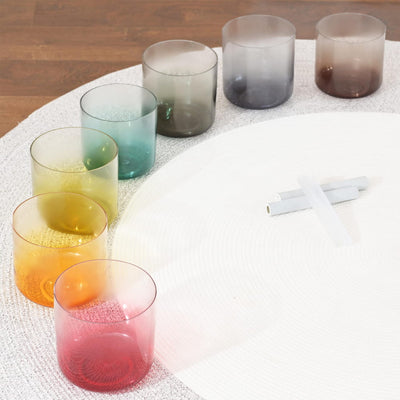
7-teiliges Alchemy Aria Kristallklangschalen-Set
$2,399.99 $3,099.00
Elevate your aura-seeing meditations with this vibrant crystal singing bowl set, ideal for spiritual clarity and energy alignment.
Explore ProductCommon Challenges and How to Overcome Them
It's normal to face a few hurdles when you first learn to see the human aura. One common issue is distinguishing an actual aura from an afterimage—the optical illusion that occurs after staring at an object. An aura will typically stay with the person as they move, while an afterimage will float in your field of vision. Another challenge is self-doubt. If you believe you can't do it, that mental block can hinder your perception. Approach each session with curiosity rather than a demand for results.
The concept of perceiving subtle energy fields is explored in various wellness modalities, often referred to as "biofield" or "energy medicine." According to the National Center for Complementary and Integrative Health (NCCIH), these therapies are based on the principle that all living things have a subtle energy that can be influenced for greater wellness. This aligns with the practice of aura reading as a way to tune into that energy.
Enhance Your Aura Viewing Practice
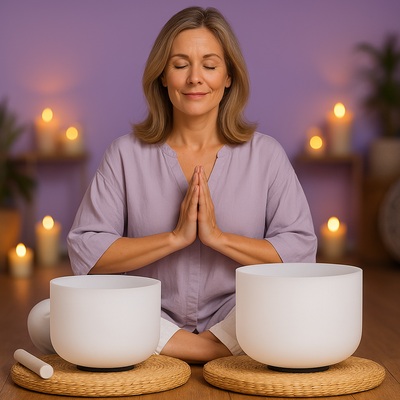
Deepen your aura reading with these pitch-perfect bowls, designed to harmonize and enhance your meditation environment. Learn more ➔
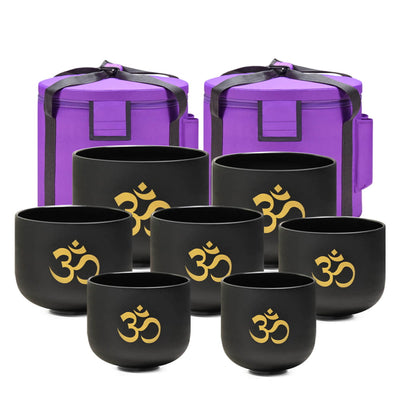
Perfect Pitch Black OM Symbol 7-teiliges Kristallklangschalen-Set
$799.00
$1,399.00
Experience aura visualization sessions with these energetically tuned OM symbol singing bowls for profound spiritual insight. Learn more ➔
Start Your Journey into the World of Auras
Learning how to see an aura is a deeply personal and rewarding practice that opens up new dimensions of perception and understanding. By following these step-by-step techniques and approaching the process with patience, you can begin to see the vibrant energy fields that connect us all. This journey is not about achieving perfection, but about cultivating sensitivity and deepening your connection to the subtle energies of life.
As you practice, you'll not only learn to see auras but also gain profound insights into your own emotional and spiritual landscape. Embrace the journey, trust your intuition, and discover the colorful world that has been waiting for you to see it.
Frequently Asked Questions about Seeing Auras
You can see your aura using the mirror technique. Stand in front of a mirror with a neutral background, relax your eyes, and gaze softly at the outline of your head and shoulders. Use your peripheral vision to notice a faint, hazy glow or subtle colors appearing around you. Consistency and a calm state of mind are key to success.
Yes, it is possible for anyone to learn to see a person's aura. The technique is similar to seeing your own: have the person stand against a plain, light-colored background and soften your gaze. Look at the space around them, not directly at them, to allow your peripheral vision to pick up the subtle energy field.
According to spiritual and metaphysical beliefs, all living things have an aura. It's not a question of whether someone has one, but rather a matter of training your perception to see it. If you're not seeing an aura, it's likely due to factors like harsh lighting, a busy background, or needing more practice to develop sensitivity.
White is often considered one of the rarest aura colors. It signifies a very high level of spiritual attunement, purity, and a strong connection to divine energy. A pure, bright white aura is often associated with highly evolved spiritual teachers or individuals with a transcendent consciousness. A rainbow aura, containing multiple colors, is also considered rare and special.
While specialized Kirlian photography can capture bio-electric fields, you can also practice seeing auras in regular photos. Choose a photo where the person is against a simple, light background. Use the same soft-gaze technique as you would in person, looking at the space around the person's body to see if you can perceive a subtle colored haze.





